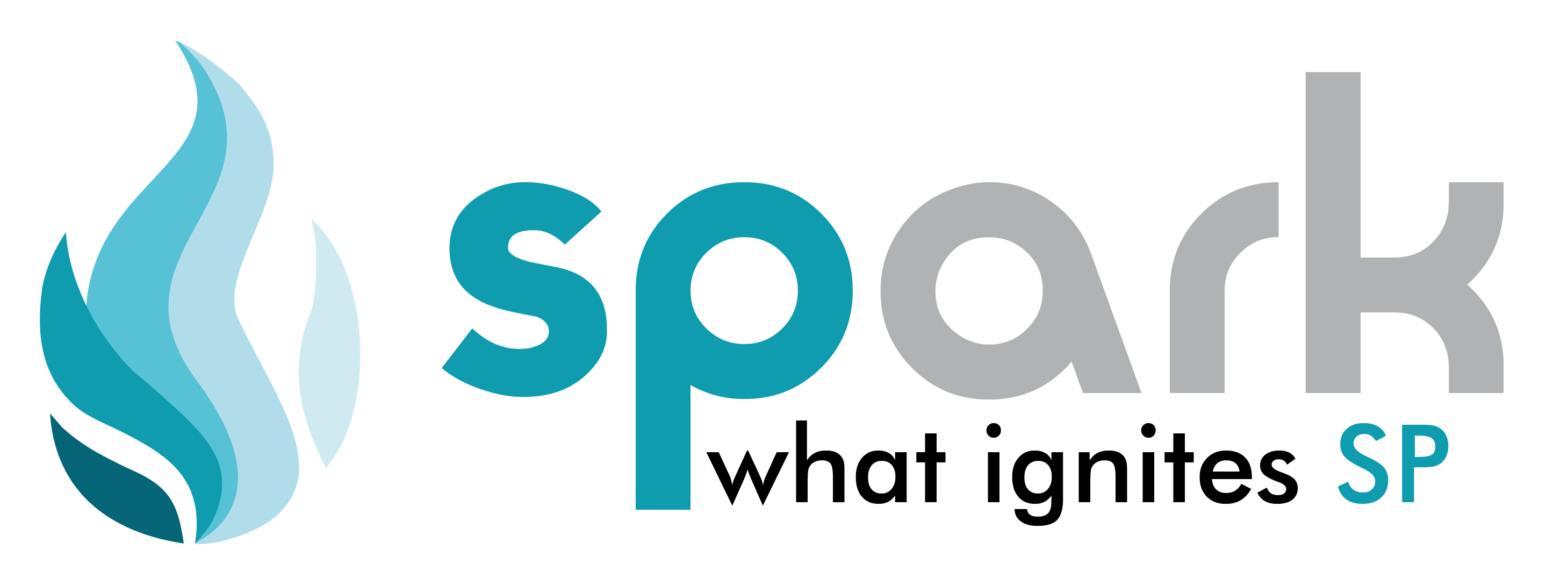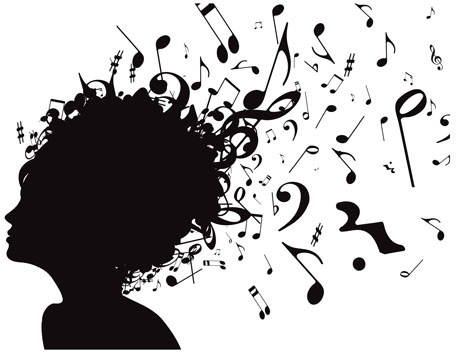If you’re living in the 21st century, you’ve probably heard of AI – Artificial Intelligence. Mentored by the world’s finest – Google, IBM, Apple and Amazon, AI is a child who is slowly learning to mirror human-like behaviour. AI’s today can perform medical diagnosis, they can guide aviation systems, make trading decisions and can also help you find the nearest McDonald’s. But can a machine compose a song? Or perform any artistic task for that matter? Well, we haven’t set any boundaries as a species to answer that but a machine can certainly help us with our art. “Flow Machines”, designed by Sony CSL is a typical example of such an AI.
What is ‘Flow Machines’?
About a year ago on a quiet street in the Fifth Arrondissement of Paris, a machine composed two entire songs – “Daddy’s Car” and “Mister Shadow” with the help of French composer Benoît Carré. “Flow Machines” is a project to help artists develop their own “style”. “Flow” is a psychological concept introduced by Mihály Csíkszentmihályi. It is defined as the mental state of operation during which a person performing an activity is fully involved and focused on the task at hand, without a sense of space and time. It is during flow that creators explore their full potential to identify essential features of what eventually becomes their “style” or their unique approach to their art. “Flow Machines” aims to help artists during this phase. It does so by imitating musical styles of other artists and helps artists to manipulate and explore styles of others explicitly as if style was a tangible object. Artists can subject a style to various parameters and constraints to research, experiment and develop their own style.
How does it work?
“Every block of stone has a statue inside of it and the job of the sculptor is to discover it.”
-Michelangelo
Through the quote above, Michelangelo implies that if we can perceive a statue, we can create it. Therefore, perception itself can be fancied as an act of imagination. We know of programs that can identify the song name, artist, album and year when they listen to a song. Programs to detect chord progressions and melodic sequences in a song can also be created. But for a program to compose a song, it must know how to perceive a song. This means if a program knows about chords and melody and how they are manipulated by several artists, it can create songs of its own! That’s exactly what’s done in Flow Machines. By analyzing databases of millions of songs composed by various artists all over the world, it calculates the probabilities of rhythms to identify patterns in those songs and then imitates and varies them to come up with its own composition. So suppose if we show the AI what kind of music Ed Sheeran and Bob Dylan make, then it can compose “Shape of you” in the style of Dylan or “Like a Rolling Stone” in the style of Sheeran. For these calculations, the concept of Markov Chains is used. Markov chains are mathematical systems that hop from one state to another. Suppose a system has two states A and B and state A is currently active. Then the next active state of the system can be either A or B. The system can hop from A to B, from A to A, from B to A and from B to B.
Using Markov chains to determine musical patterns in an artist’s style is very similar to say, determining whether a person will eat fish or chicken for dinner. Here, the states in question are “Fish state” and “Chicken State”. If the person’s diet is known and it is seen that he/she eats chicken six days a week, then the probability of hopping to chicken state is higher as compared to fish state from any given state. Similarly, the probability of an artist following a certain pattern of composition can be found out through the help of these chains along with several other algorithms.
We can’t say for sure if machines can be creative because creativity is seen as an intrinsic human quality. Maybe someday a machine may yearn to write a ballad and know what it is writing but for the time being, it can only imitate and reflect human ideas to help channel our very own creativity.

